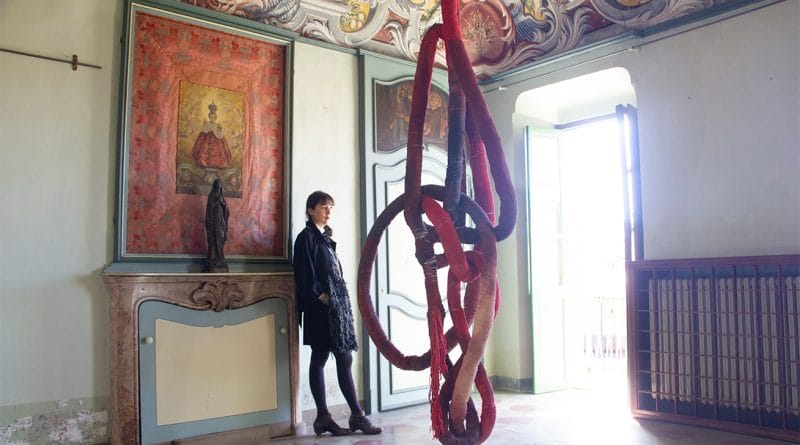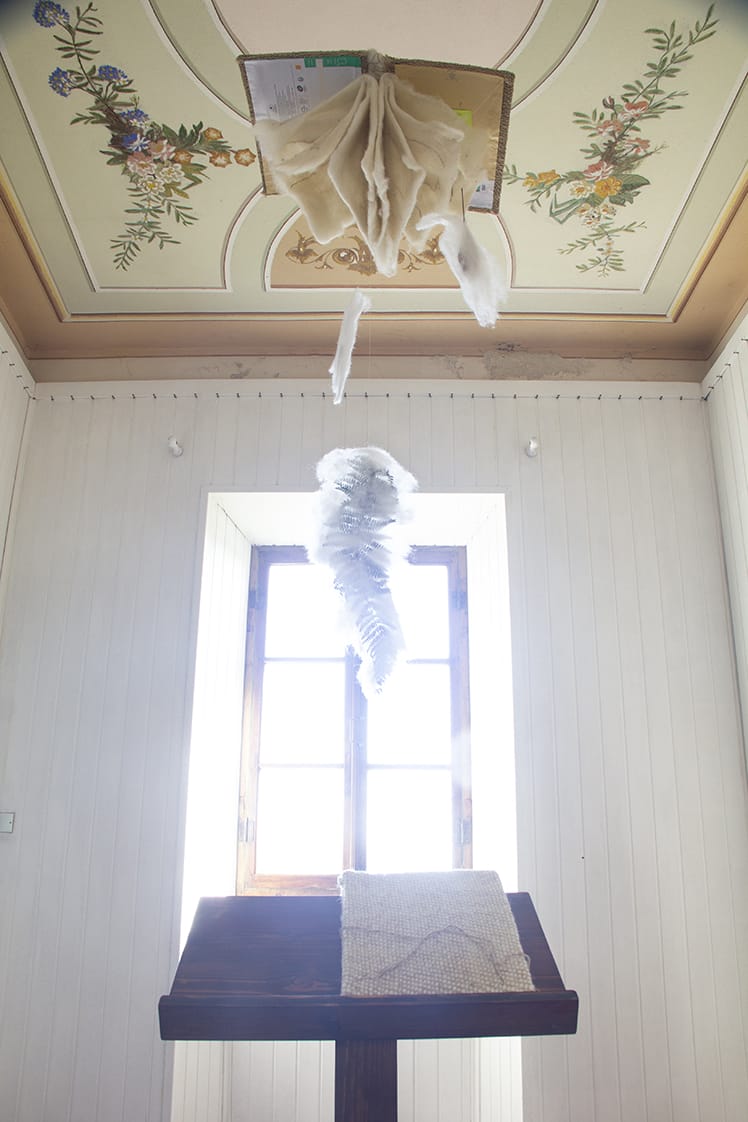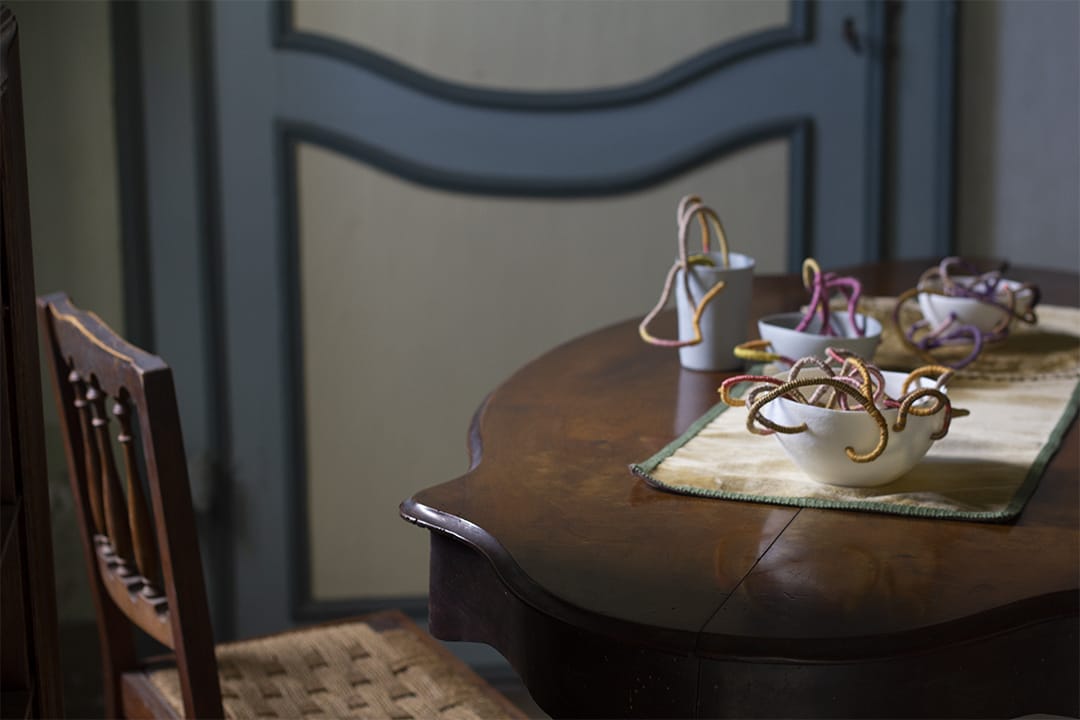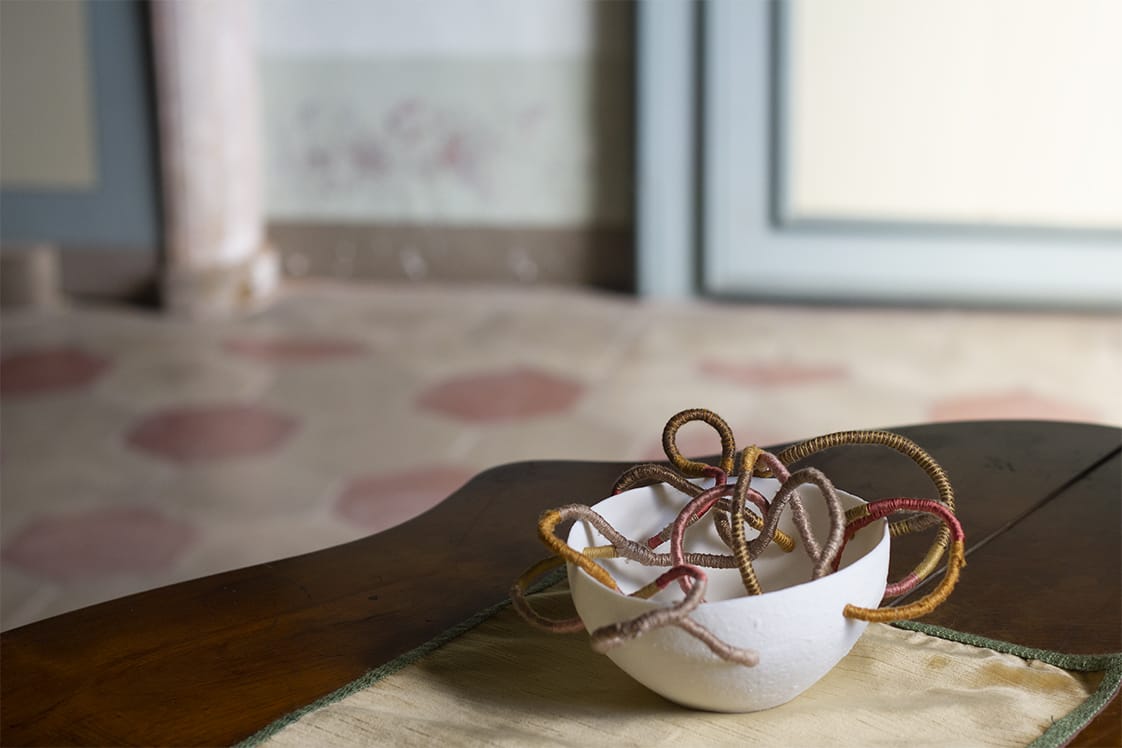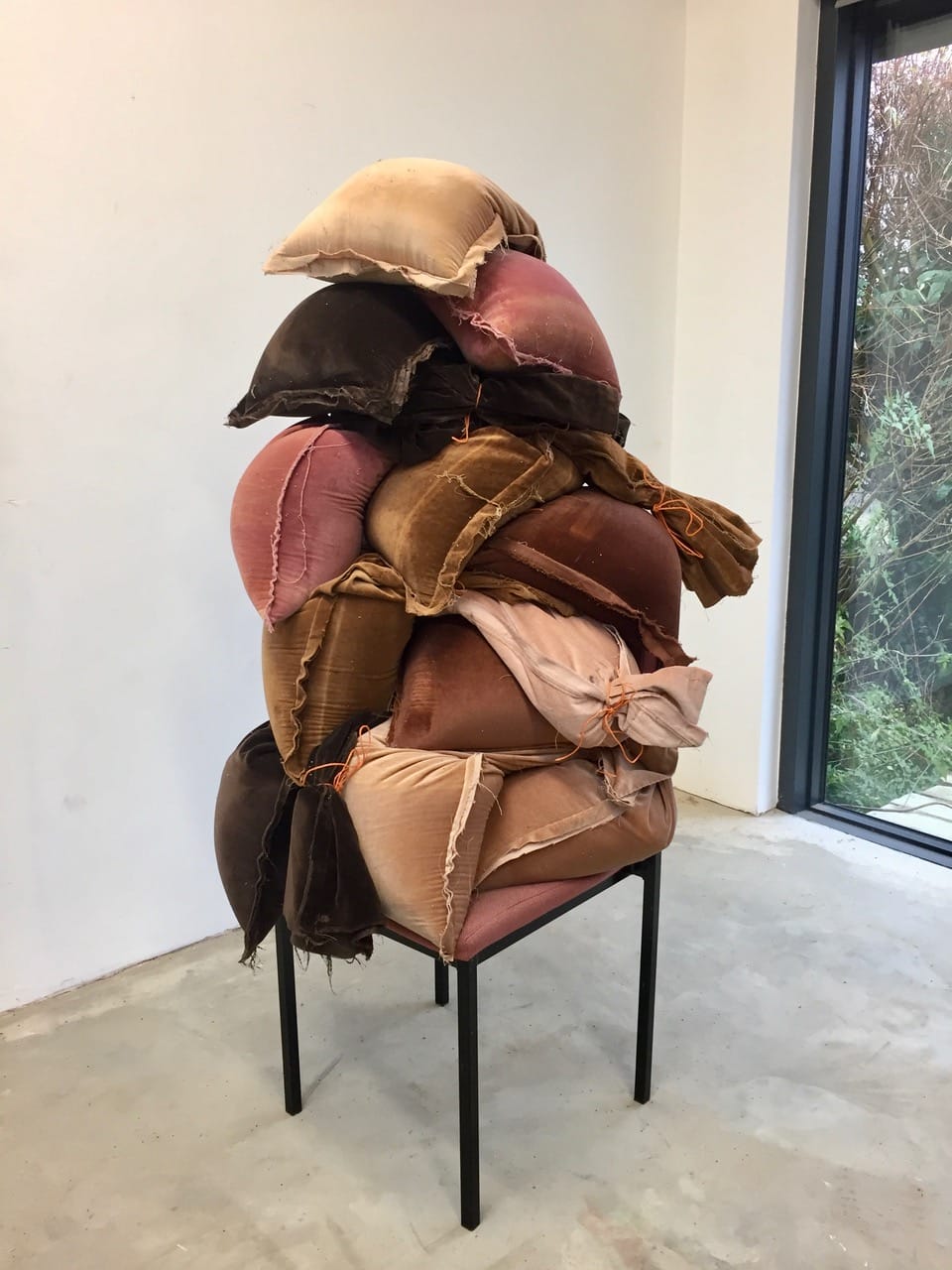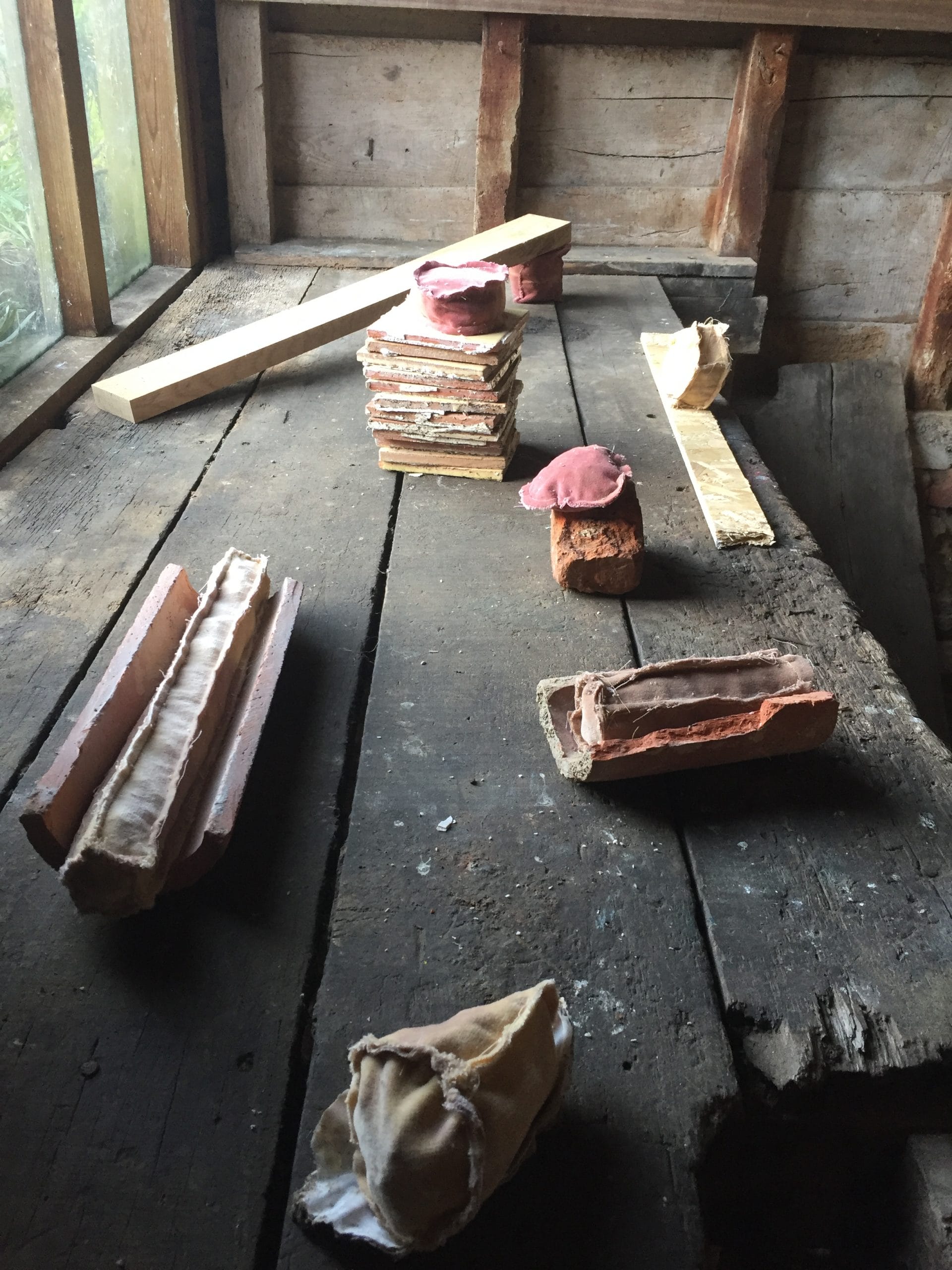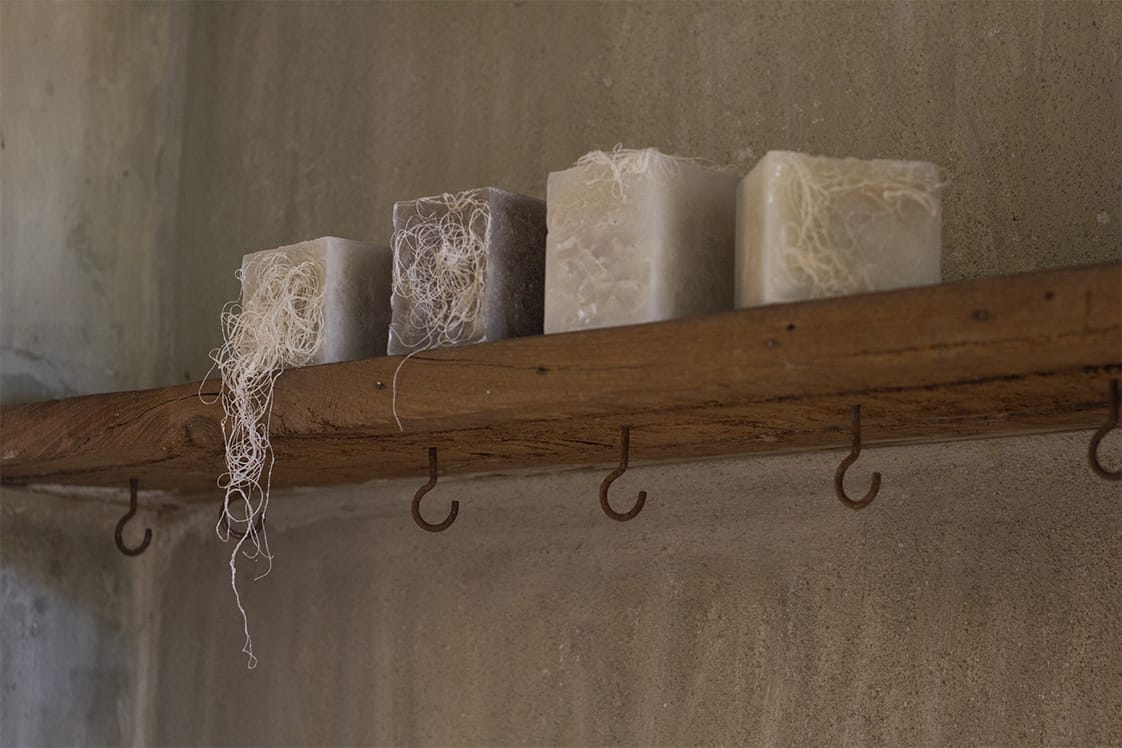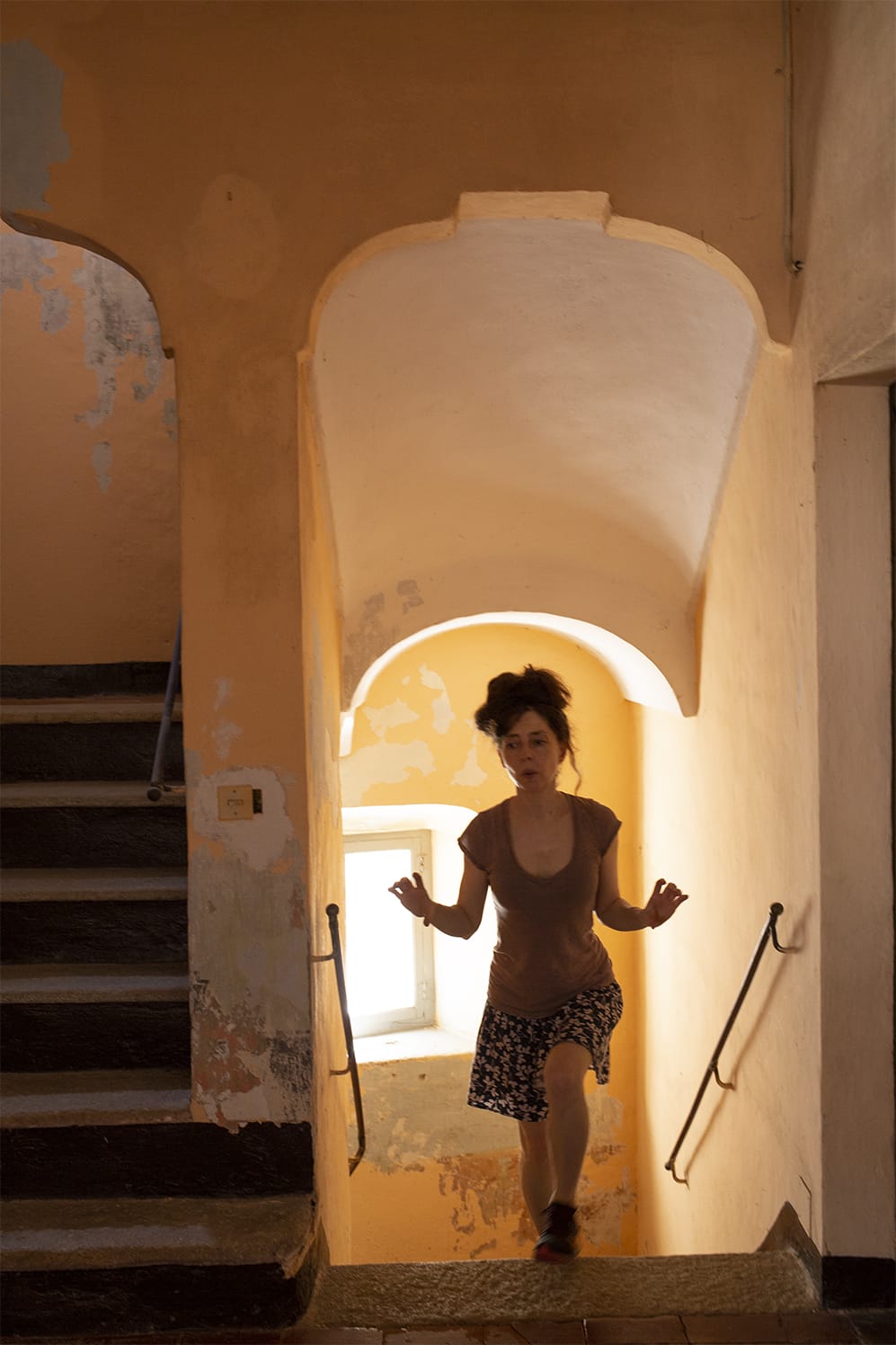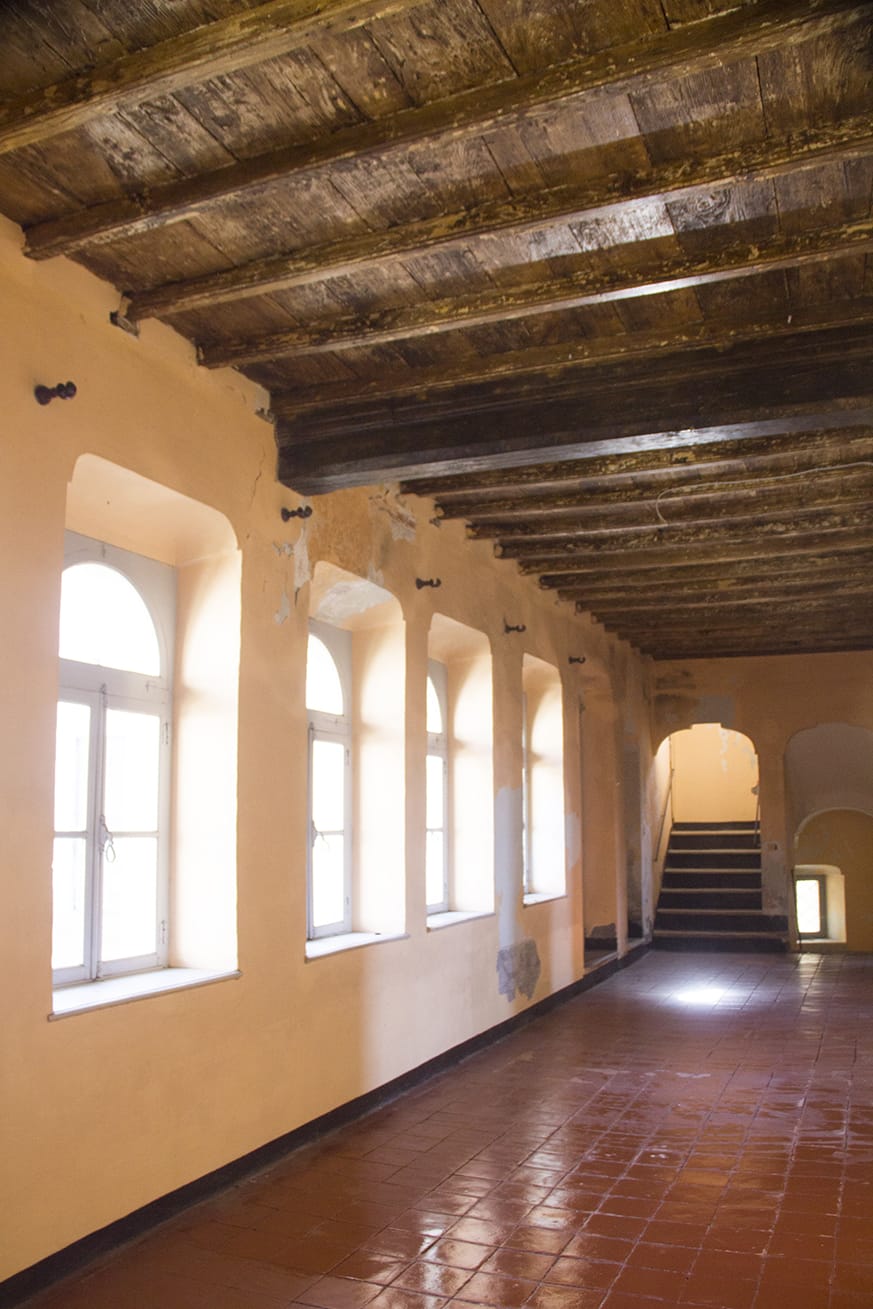L.Mikelle Standbridge – Casa Regis – Center for culture and contemporary art
CASA REGIS is a visionary project founded by L. Mikelle Stanbridge and located in the Biella area, where textiles have a long tradition and culture. This hybrid space bridges the gap between one side of the Atlantic and the other through contemporary art – with particular attention to fibre art – becoming an area of confrontation and connection between local and global for artists, curators, gallery owners, the public and institutions. Its founder tells us more about it in this exclusive interview for ArteMorbida.
A mixture of a gallery, multifunctional space and artist residence: what is CASA REGIS and how did the idea to set it up come about?
All my training has been as an artist or photography teacher, but never as a founder and director of a non-profit with a big restoration project! It had never crossed my mind until I was introduced to this forgotten building from the 1600s, referred to as Casa Regis. The floors were covered with linoleum and floral carpets, the walls and ceiling were hidden by 1980s dark paneling, and trash obscured the size of the rooms, but through that I saw the potential of open spaces with historic character. I envisioned what I considered an artists’ dream location to either create or exhibit. Now with the frescoes and the original terracotta tile back in view, even though still a work-in-progress in terms of restoration, artists have started to inhabit the space with their presence. And I feel honored to save this building from oblivion.
I would say the location lends itself to a mixed use as an exhibition site and as a workshop. I plan two or at most three exhibitions per year and the rest of the time (mostly during the warm weather), the space is open for interpretation. The quiet surroundings and the empty rooms, in their current rough and ready state, can be used for people to just sit and think and find inspiration or write. The color schemes of painted doors, bi-colored tiles, Madonna imagery on the walls, and the frescoed dome, or the hallway with the arcade of windows, create a glorious backdrop for a photography shoot. Video artists have also shot their projects here and dancers have used the space as a sounding board to work on their improv techniques. There are multiple rooms so workshops for small groups is ideal too. I invite thinkers, travelers, artists and Italophiles of all natures to consider using Casa Regis as a creative location.
In terms of the residence side of things, one day Casa Regis itself will be able to house up to 10 artists, but we aren’t there yet with the funding or permission from the Historical Protection Agency (tradotto da sovrintendenza). But we have organized another location for lodging that is in itself a special and splendid place to stay, Villa Emma.
What are CASA REGIS’s purpose and the exhibition programme’s philosophy?
“Casa Regis has the mission of revealing the special qualities of the Northern Piedmont hill towns and connecting this pristine region with the rest of Italy and the international community through the presence and exchange of artists working in contemporary art.” Ha ha, can you tell, this is my official statement?!
I really enjoy having a mix of local artists (I mean very local, as in from down the road!) and international artists. I want artists from abroad to bring wealth and recognition to the area and I want to highlight local talent in the eyes of the world. I also just find it rewarding on a human level being able to introduce foreign and local artists to each other and help them form connections.
How do you select the artists and the artworks?
When I curate a show, because of the nature of the area – a region dedicated to wool production – and because of the nature of the building – so textured – I am drawn in particular to fiber art, and real hands-on materials, and less so to pieces framed in glass or overly slick. I guess I love conceptual work that has a strong physical presence, as with installations, and carries a contemporary vibe, that in a kind of dialogue, counter weights and yet coalesces with the oldness of the building. I love it when the cracked and paint-shipped walls highlight the contemporariness of the work.
An old manor house in a small village in a valley with a long and prestigious tradition of textile industry. What is the public response and who is the audience attending CASA REGIS exhibitions?
Well Casa Regis is clearly still a new phenomenon and our public is still being defined. And let’s not pretend that contemporary art is easy! Even for the most informed, it takes patience and usually an explanation. But having said that, I have been overwhelmingly happy with the reception. Our guests cover a range from the casual and curious hikers out on a Sunday, grandparents bringing their grandchildren for a lesson, neighbours in the village, and the students at the local high school to gallerists from Biella and Milan, curators from other events in the region, and artists.
All visits are limited to 6 people at a time and I give a guided walk through for each group.
Last November Casa Regis won the Rotary award “+Bellezza in Valle” (for recuperating and revitalizing a space) and at the awards’ reception there were many of the regions’ leaders in the textile industry. This awards’ night was the day before the ending reception of an exhibit at Casa Regis so I was able to invite everyone present. The next day we had a very good turn out with really positive feedback and as I am a new comer here and don’t actually know who-is-who, it was pointed out to me that “distinguished” bankers and industrialists attended. I just know that that there was a great “feeling” of people appreciating the building, the work, and the company in the garden!
Talking about textiles, it is not uncommon to come across fibre artworks on show at CASA REGIS. Is this choice driven – in part – by the area’s identity, or is it more of a personal interest in this language of contemporary art?
In my own artwork I stitch and even though I am actually working with paper, I use a patina that makes people ask me if it is burnished leather or cloth. So even though I am a photographer, my inclination is towards interdisciplinary work and one-of-a-kind objects. Also, the local tradition of use of wool, weaving, and the dyeing of materials has clearly heightened my awareness and directed me towards the local commitment to fiber art. I have included the local fiber artist Michela Cavagna several times in the exhibitions and I always love hearing her story about how she negated the local fiber tradition as a trade until she went to Indonesia. From a distance she rediscovered it as an artist’s language and now back in Italy, has completely embraced its potential.
Which is CASA REGIS’ project’s network of partnerships and participation (local institutions, volunteers, artists in residence, other galleries, curators)?
The most absolute funniest part about this adventure has been connecting with other like-minded people. Since the age of twenty, I have lived in big cities (San Francisco, Chicago, Paris, and then lastly 20 years in Milan) so when my husband and I moved to this small village in the mountains, I knew that I wanted to remain connected and/or bring the outside world here.
I met Victoria Chapman while Casa Regis was at an international art fair in Paris and now, she and I collaborate constantly. She is based in L.A.; she has an exhibition space and platform and she is Casa Regis’ U.S. liaison. She is constantly finding artists for us and we have each exhibited each others artists. She curated one of my first shows, and in her space (El Nido), she is currently exhibiting Erica Shires, a photographer/video artist she discovered through Casa Regis.
This working relationship has grown to include artist Alice Sheppard Fidler and director of the artist’s residence in England, The Hide. And the newest on the scene, as she is still restoring her building for residencies an hour outside of Paris, is artist Sylvie Anahory. The idea is to have a network from L.A. to England, to France, and then of course to Italy where artists can go and know they will find support.
I am represented by a gallery in Milan, Gli Eroici Furori, and I have a friendly relationship with the director, Silvia Agliotti. Sooner or later, I am sure we will work out a project involving our two sites.
As for volunteers at Casa Regis, there have been many wonderful people and the help has come in many different forms. Often it is in sharing professional skills like marketing or donating supplies, plants, or even artwork! One very crucial development for me has been connecting with a jury member from the Rotary award, architect Luisa Bocchietto. She has offered to assist me in communicating with the government bodies that authorize or deny restoration proposals and Bocchietto’s experience is key. I am SO thankful.
What are your plans for the future? What exhibitions do you have in store for the next season?
Next up is Alice Sheppard Fidler, the residency director and artist I mentioned above. I am really looking forward to her solo show for several reasons. Alice is a conceptual, installation artist and for one, I like her dry, English wit and understated style, and two, she resonates in particular with my goals for Casa Regis. I look for artists who interpret or get something out of the building and don’t just see it as another exhibition opportunity. In her practice, Alice seeks out historic buildings that are in transition from abandonment to repurposing and as part of her art, she uses and transforms materials found at the site itself. Some of this site-specific research is about transience or carries a non-repeatable performative element – like explorative movement through the space to feel her body within those walls – while other aspects of her research conclude in highly tactile and aesthetically acute installations.
She will be doing a monthlong residency with us and the public will get to interact with her work-in-progress at different stages of the development. Once she returns home, the exhibit will stay up for another month. The first walk through is during open day of F.A.I. the weekend of March 26/27, then we adhere to SLOW ART DAY on April 2, where a small group of dedicated visitors spend the afternoon with us, and then the finalized show opens on April 17th and stays up until May 30th.
After Alice, I haven’t put anything else on the agenda because I am hoping to do some restoration work. However, I still have to find the funding so you never know when that might happen, and two, there might be artists out there who actually like working with and through dust and chaos! For artists, thinkers, and lighting designers (that’s a special need I have right now!) who resonate with what I have recounted above, I welcome proposals!
